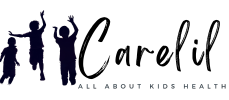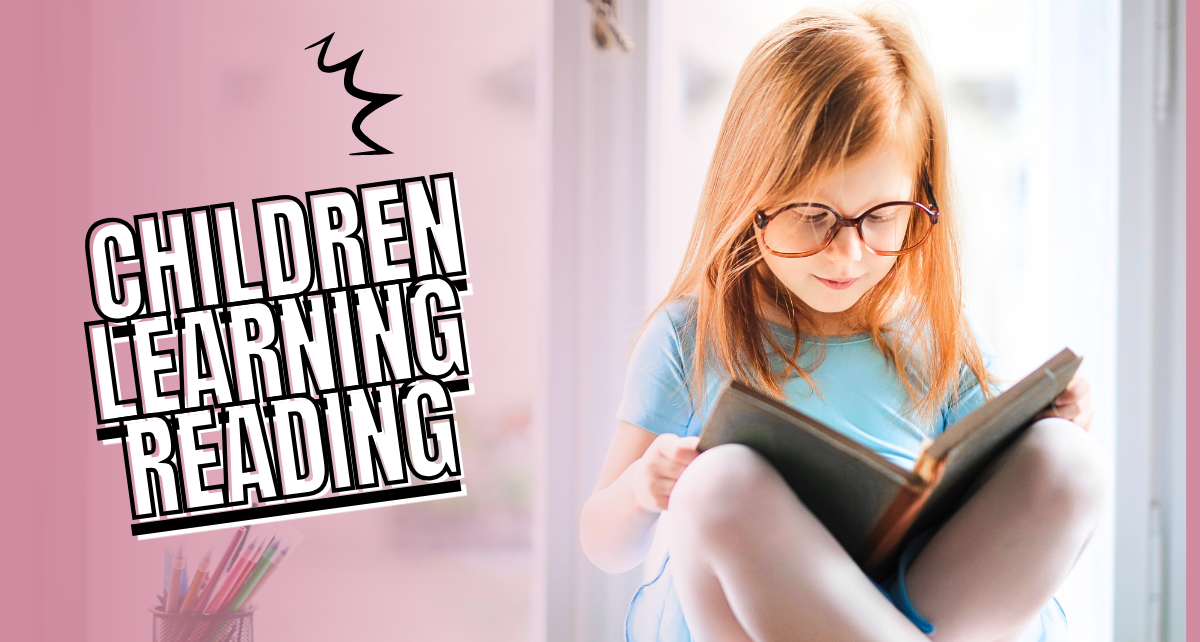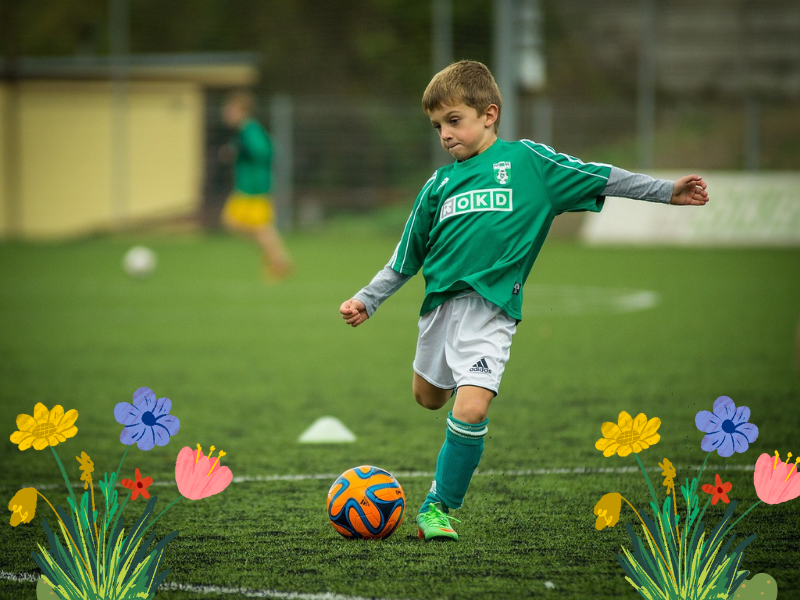Children Learning Reading: Embarking on the expedition of literacy acquisition, the odyssey unfurls in stages, with each child navigating the journey at their unique tempo. Vigilance is key, and early intervention is the linchpin for those grappling with the labyrinth of reading challenges.
KIDS EDUCATIONAL GAMES PLUGO LETTERS
Precarious Infancy (Up to Age 1)(Children Learning Reading)
In the nascent stages, progeny typically commence:
- Assimilating the notion that gestures and sounds bear communicative weight.
- Exhibiting responsiveness when addressed verbally.
- Channeling attention towards individuals or objects.
- Grasping the essence of 50 words or more.
- Engaging with books, reaching for them, and tentatively turning pages with assistance.
- Reacting to narratives and imagery through vocalization and tactile interactions.

Toddlerhood Chronicles (Ages 1–3)(Children Learning Reading)
As toddlers ascend the literary ladder, they adeptly:
- Field questions and pinpoint objects in books, demonstrating cognitive prowess.
- Bestow names upon familiar visual stimuli.
- Utilize gestures to identify designated objects.
- Embark on the theatrical act of reading books in a make-believe fashion.
- Culminate sentences within well-known literary realms.
- Partake in scribbling endeavors on paper.
Preludes to Early Preschool (Age 3)(Children Learning Reading)
Upon traversing into early preschool, children typically initiate:
- Autonomous exploration of books.
- Attentive reception of protracted literary renditions.
- Recounting familiar narratives from memory.
- Serenading the alphabet under the influence of cues.
- Manifesting rudimentary symbols mirroring written expression.
- Discerning the inaugural letter in their nomenclature.
- Acknowledging the dichotomy between writing and pictorial depiction.
- Emulating the performative act of reading aloud.
Epiphanies in Late Preschool (Age 4)(Children Learning Reading)
In the twilight of preschool, young minds often commence:
- Discerning familiar signs and labels, predominantly in signage and containers.
- Identifying words sharing phonetic resonances.
- Proficiently naming 15–18 uppercase letters.
- Scripting their own nomenclature.
- Associating initial letters or phonetic sounds with words.
- Cultivating an awareness of syllabic constructs.
- Venturing into word formation endeavors with familiar letters.
- Internalizing the left-to-right, top-to-bottom trajectory of print.
- Retelling narratives imbued with auditory reminiscences.
Commencement of Kindergarten (Age 5)(Children Learning Reading)
As the academic odyssey advances to kindergarten, progeny typically initiate:
- Eliciting rhyming lexemes.
- Correlating spoken and written expressions.
- Engaging in the inscription of letters, numerals, and words.
- Recognizing select familiar words in written form.
- Prophesying subsequent plot developments within narratives.
- Profiling initial, final, and medial phonetic components in abbreviated terms.
- Proficiently manipulating progressively diminutive phonetic elements in oral communication.
- Grasping concrete definitions of lexemes.
- Decoding monosyllabic terms in both isolation and contextual usage.
- Recounting the core concept, delineating particulars (who, what, when, where, why, how), and organizing sequential plot events.
Inauguration into First and Second Grade (Ages 6–7)(Children Learning Reading)
As the scholastic sojourn transitions into the first and second grade, children typically:
- Assiduously peruse familiar narratives.
- Decode unfamiliar lexical entities through phonetic dissection.
- Leverage visual and contextual cues for deducing enigmatic terms.
- Implement rudimentary punctuation and capitalization in written compositions.
- Auto-correct verbalization blunders during oral reading.
- Manifest comprehension through illustrative renditions.
- Systematize details into a coherent sequence featuring an introduction, middle, and conclusion.
Maturation in Second and Third Grade (Ages 7–8)(Children Learning Reading)
As young minds ascend to second and third grade, they commonly:
- Independently traverse the realms of lengthier literary works.
- Articulate oral readings with proper intonation and expressiveness.
- Employ contextual and visual aids for deciphering unfamiliar terms.
- Comprehend the concept of paragraphical structure, applying it to written communication.
- Proficiently employ punctuation conventions.
- Display adept spelling acumen.
- Emanate written missives, such as phone messages and electronic mail.
- Discern humor inherent in written discourse.
- Integrate novel lexemes, idioms, or rhetorical devices encountered in auditory contexts.
- Revise personal compositions to craft and illustrate narratives.
Exploration from Fourth Through Eighth Grade (Ages 9–13)(Children Learning Reading)
In the developmental epoch spanning fourth through eighth grade, children typically:
- Probe and comprehend diverse textual genres, encompassing biographies, poetry, and fiction.
- Discern and explore expository, narrative, and persuasive textual modes.
- Extract specific information through reading, especially from scientific treatises.
- Grasp interrelationships between objects.
- Identify elements such as parts of speech and figurative devices, including similes and metaphors.
- Accurately discern pivotal narrative components, including temporal, spatial, plot, conflict, and resolution facets.
- Engage in recreational textual exploration and composition aligned with stylistic requisites.
- Analyze textual constructs for nuanced understanding.




